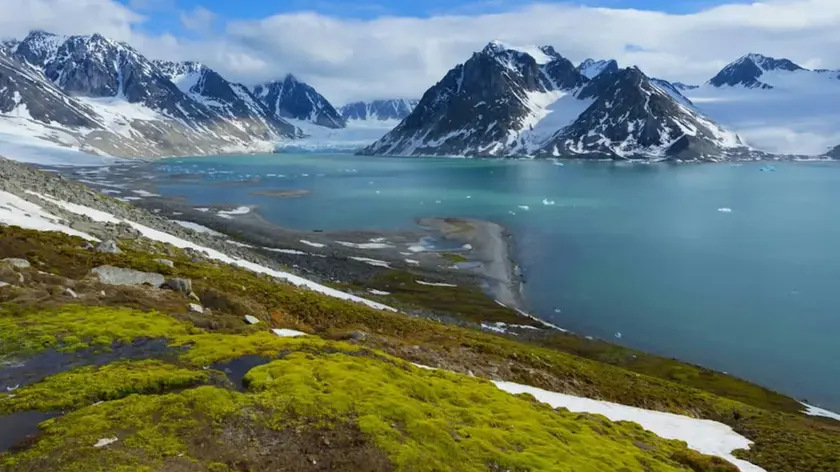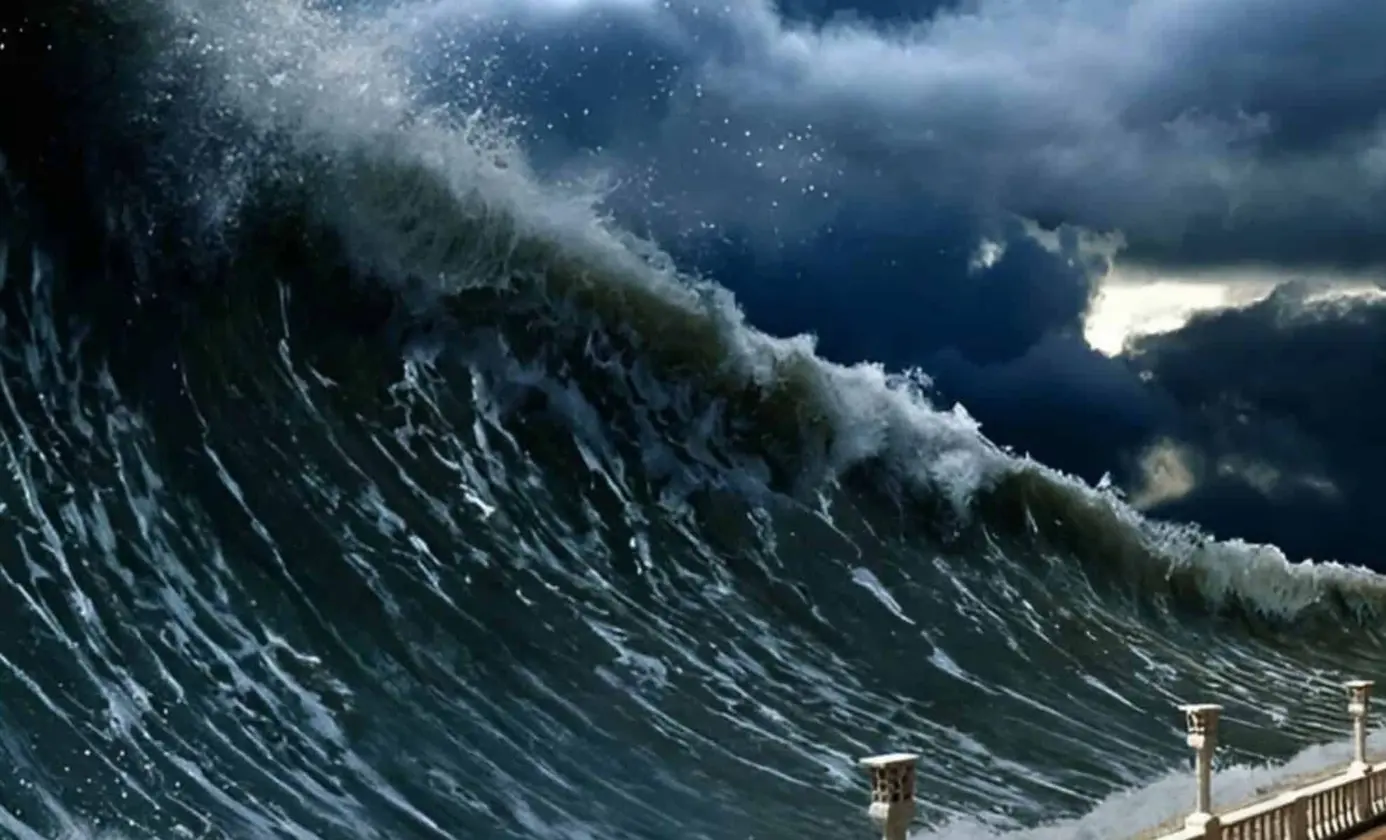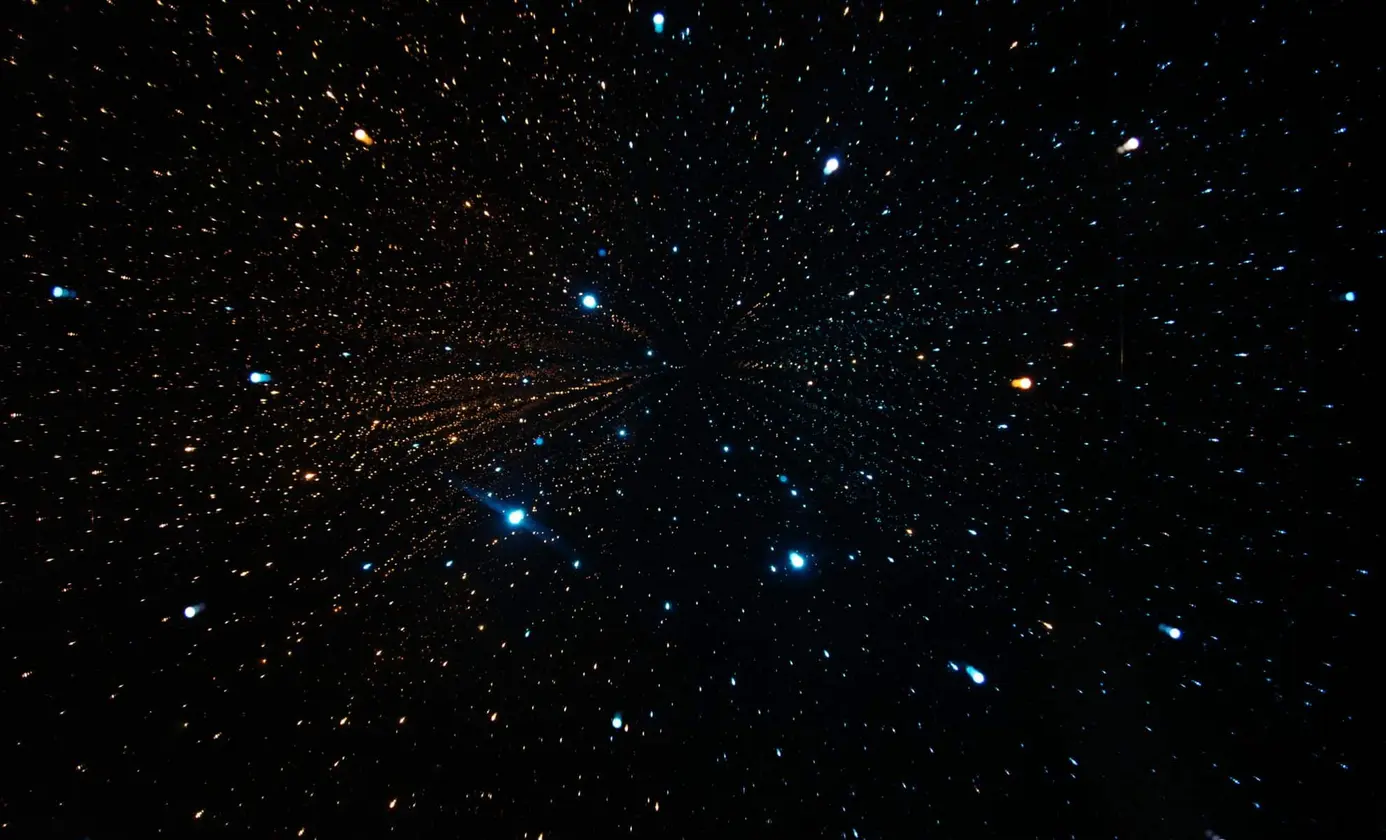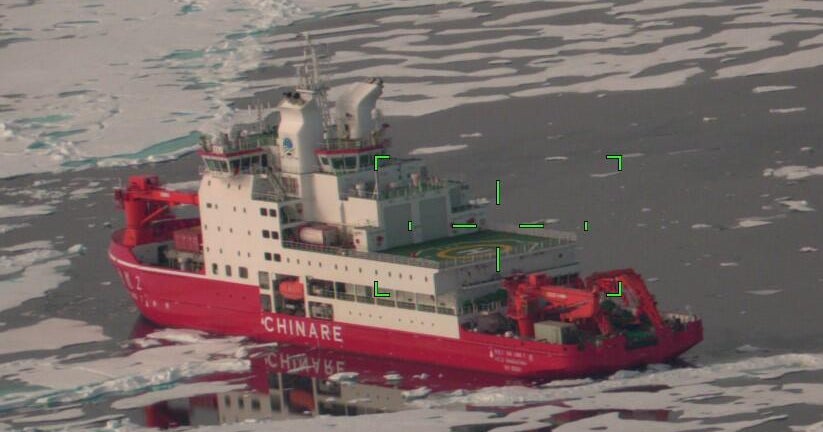T4K3.news
Arctic winter shift detected
Scientists report faster-than-expected Arctic winter changes in Svalbard and urge preparation.

Scientists warn that February melt in Svalbard signals a rapid shift in Arctic winters, prompting local adaptation.
Arctic melt marks a fundamental shift in winter conditions
In Ny-Ålesund, February temperatures hovered around minus 3.3 degrees Celsius (26.1 degrees Fahrenheit), well above the usual minus 15 degrees Celsius for that time of year. Rain fell on snow, meltwater pooled over glaciers, and soil just 5 centimeters below the surface had thawed. A field worker called it a melting ice rink, underscoring what researchers describe as a fundamental shift in Arctic winters.
The thaw alters the snow layer that normally insulates the tundra, turning it crusty and icy. This exposes ground to earlier warming, wakes microbes that release gases, and brings vegetation to life weeks sooner than expected. Permafrost beneath buildings weakens in places, fieldwork is repeatedly delayed as thawing and refreezing shift terrain, and heavy, wet snowpacks increase avalanche risks for researchers and tourists alike. Local responses include reflective coatings to slow melt, sensors to monitor freeze-thaw cycles, and a move toward solar power and batteries when storms disrupt the grid.
Key Takeaways
"Winter here is rewritten by heat and rain"
Field observations in Ny-Ålesund
"This is not a freak event but a pattern"
Lead scientist describing trend
"Permafrost thaw is shifting foundations and futures"
Community infrastructure concerns
The Arctic is a bellwether. The February warmth in Svalbard mirrors a broader pattern across high latitudes, with cascading effects on weather, ecosystems, and local economies. The short-term costs of adaptation will rise, but the long-term costs of inaction could be far higher.
What happens in Svalbard offers a practical playbook for resilience. Small, pragmatic fixes—like better insulation, real-time ground sensing, and renewables—can reduce immediate risk. Yet these efforts require sustained funding, policy support, and coordinated planning. The message is clear: climate policy cannot ignore the Arctic or its growing influence on global systems.
Highlights
- Winter here is rewritten by heat and rain
- Meltwater now writes the forecast
- Permafrost thaw shifts the ground beneath homes
- Adaptation is the new normal in these cold lands
Arctic warming carries budget and policy risks
The rapid Arctic thaw highlights costs for adaptation and infrastructure, raising questions about budget and political support for climate funding.
The Arctic story is a warning to policymakers and communities far from the polar circle.
Enjoyed this? Let your friends know!
Related News

Covid-19 cases rise across the US

Colossal 650-Foot Tsunami Hits Greenland

AI transforms anti-submarine warfare

COVID-19 cases rise in Sonoma County

Bay Area COVID surge ahead of school reopening

Monster Hunter Wilds Patch Arrives

Nuclear clock could reveal faint dark matter signals

Breakthrough in Nuclear Clock Research Announced
